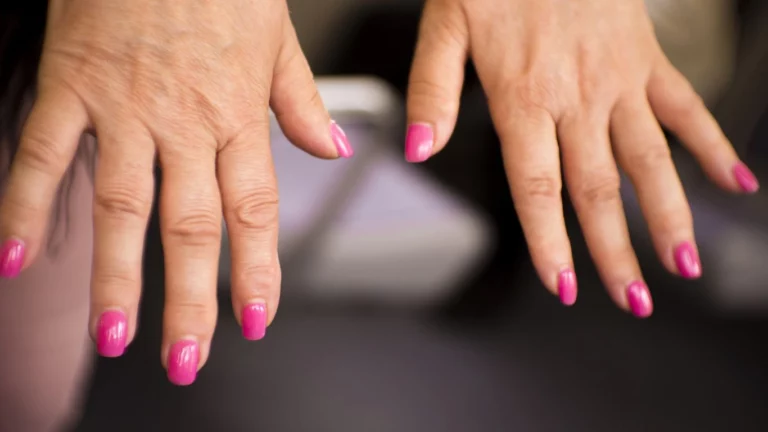Rheumatoid Arthritis and the Powerful Benefits of Low-Impact Workouts
Living with rheumatoid arthritis (RA) can feel like a never-ending battle. The constant joint pain, stiffness, and fatigue often make daily activities seem impossible. As a Rheumatology Nurse Practitioner, I’ve seen firsthand how devastating this condition can be for patients. But there’s hope, and it comes in the form of low-impact workouts. Many people with RA may think that exercising is out of the question because of their symptoms, but trust me—low-impact workouts can be incredibly beneficial for managing RA. Not only can they help reduce joint pain, but they also improve overall mobility and quality of life. In this article, I’ll be sharing why low-impact exercises are a game-changer for individuals with rheumatoid arthritis and how you can safely incorporate them into your routine.
What is Rheumatoid Arthritis and How Does It Affect the Body?
Rheumatoid arthritis (RA) is a chronic autoimmune disease where the body’s immune system mistakenly attacks the joints, leading to inflammation, pain, and eventually joint damage. Unlike osteoarthritis, which is typically caused by wear and tear over time, RA affects both sides of the body, often targeting smaller joints first, such as those in the hands, wrists, and feet. This inflammation can cause symptoms like swelling, stiffness, and severe pain, making it difficult for those affected to move comfortably or perform everyday tasks.
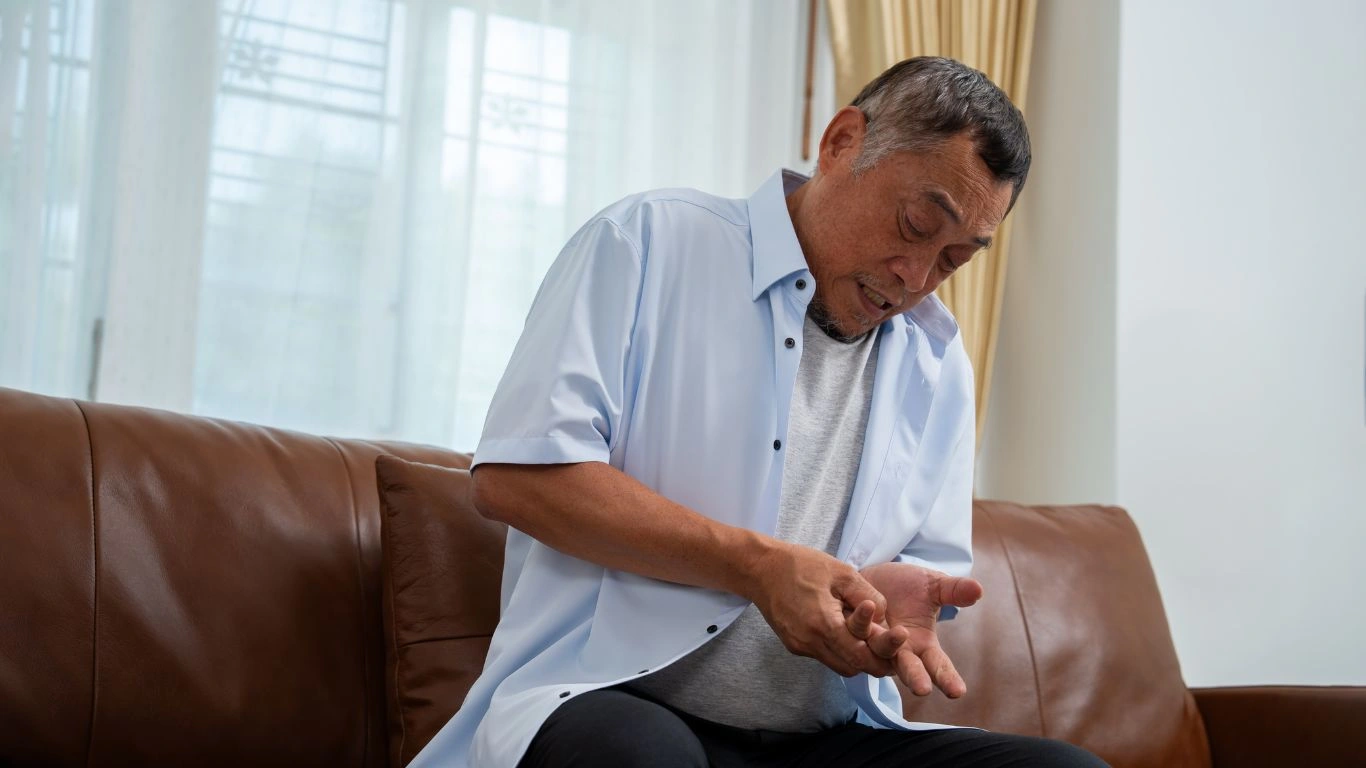
The Importance of Movement for RA Patients
Now, you might be wondering, “How can movement help when my joints are already hurting?” It’s an understandable concern. But the reality is, movement is essential for managing rheumatoid arthritis. When we keep our bodies moving, it helps maintain joint flexibility and reduces stiffness. Plus, regular exercise boosts circulation, which can help reduce inflammation over time.
In my experience, many RA patients initially resist the idea of exercise, worried it will make their symptoms worse. However, low-impact workouts—think swimming, yoga, or walking—are specifically designed to be gentle on the joints while providing all the benefits of physical activity. These workouts focus on improving range of motion, strengthening muscles around the joints, and maintaining overall cardiovascular health. And, when done regularly, they can actually help reduce the frequency and severity of RA flare-ups.
Why Low-Impact Workouts Are Ideal for Rheumatoid Arthritis
If you have rheumatoid arthritis, you’ve probably been advised to take it easy and rest your joints during flare-ups. But that doesn’t mean you should avoid movement altogether. In fact, low-impact workouts are the perfect solution to stay active without putting unnecessary stress on your joints.
Low-impact exercises, by definition, are activities that don’t involve heavy stress on the joints. These exercises allow you to get a good workout without the risk of injury or exacerbating existing pain. They’re gentle on the body while still providing significant health benefits, including improved strength, flexibility, and endurance. For people with RA, these types of workouts are a great way to build up muscle strength around the joints, which can help protect them and reduce pain over time.
Benefits of Low-Impact Workouts for RA Patients
- Reduces Joint Pain and Stiffness: Engaging in low-impact exercises helps keep the joints lubricated, improving their range of motion and reducing stiffness.
- Improves Mobility: Regular movement can help restore flexibility, making it easier to move and perform everyday tasks.
- Strengthens Muscles: Low-impact workouts help build muscle strength, which can alleviate the pressure on joints, reducing pain and preventing further damage.
- Reduces Inflammation: Exercise helps boost circulation and can lower inflammation levels throughout the body, helping manage RA symptoms.
- Enhances Mental Health: Chronic conditions like RA can take a toll on mental health. Exercise triggers the release of endorphins, which are natural mood boosters and can help combat the stress and anxiety that often accompany RA.
Types of Low-Impact Workouts for Rheumatoid Arthritis
Now that you understand the importance of low-impact workouts, let’s dive into some specific exercises that are ideal for those with rheumatoid arthritis. The key is to choose activities that are easy on the joints but still challenge your body. Here are some of my top recommendations:
1. Swimming and Water Aerobics
One of the best low-impact exercises for people with RA is swimming. The buoyancy of the water supports your body, reducing stress on the joints while allowing you to move freely. Swimming works both the upper and lower body, providing a full-body workout that improves cardiovascular health, strength, and flexibility. Water aerobics is another excellent option, as it offers a low-impact way to work your muscles and improve joint mobility while also being easy on the body.
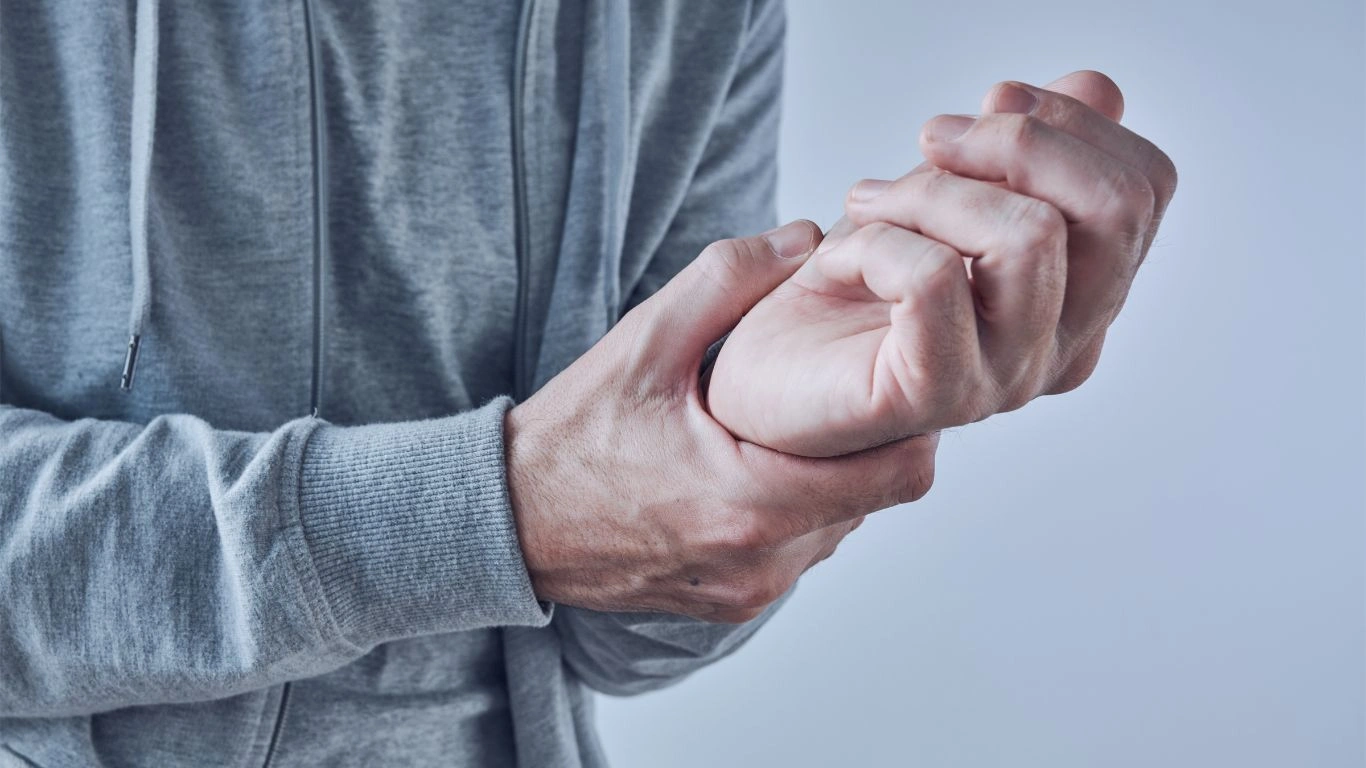
2. Walking
Walking is one of the simplest and most accessible forms of exercise you can do. It’s an excellent low-impact activity that helps improve endurance, strengthen muscles, and maintain joint flexibility. If you have RA, it’s essential to start slow and gradually increase your walking time and distance. A short daily walk can make a big difference in your joint health and overall well-being. Just be sure to wear comfortable shoes that provide good support to minimize any potential strain on your joints.
3. Yoga
Yoga is another fantastic low-impact exercise for people with rheumatoid arthritis. It focuses on gentle stretching, strengthening, and breathing exercises that can help reduce stiffness and improve flexibility. Many yoga poses also work on joint mobility and balance, which is incredibly beneficial for those with RA. If you’re new to yoga, consider joining a class designed specifically for individuals with arthritis or searching for online videos tailored to your needs.
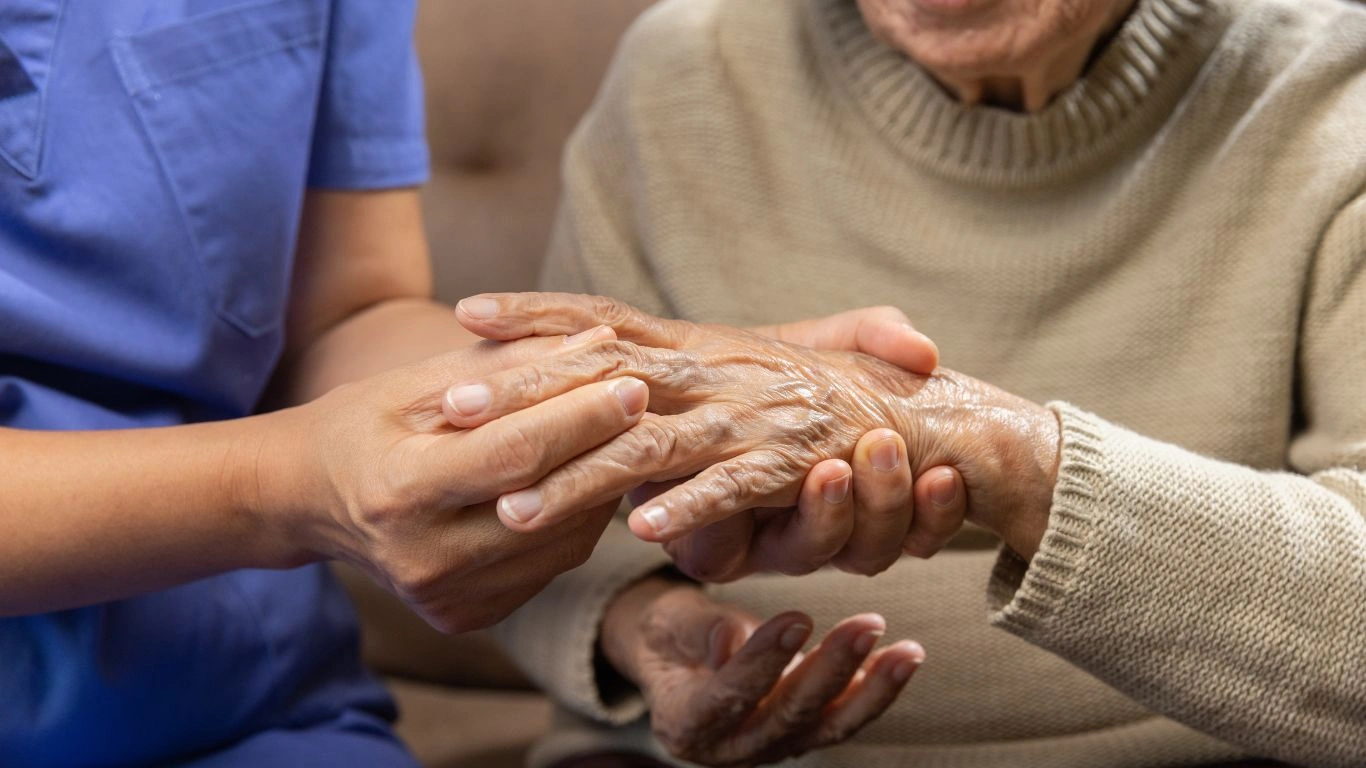
As you can see, low-impact exercises can be a wonderful tool for managing rheumatoid arthritis. Whether you’re swimming, walking, or doing yoga, these activities can improve your quality of life and help keep RA symptoms under control. Just remember to always listen to your body and consult with your healthcare provider before starting any new workout routine.
How to Safely Incorporate Low-Impact Exercises into Your Routine
Starting a new exercise routine when living with rheumatoid arthritis can feel daunting, especially when you’re concerned about flare-ups or joint pain. But don’t worry—taking it slow and being mindful of your body’s needs is key. I’ve seen countless patients who were initially hesitant to start working out, but with the right approach, they’ve been able to manage their symptoms and even improve their overall well-being.
The first step in safely incorporating low-impact exercises into your routine is understanding where your body is at. Listen to your joints, and take note of any flare-ups or unusual pain. It’s important to be gentle with yourself and recognize that this isn’t about pushing through the pain, but rather creating a sustainable routine that works for your body. Below, I’ll guide you through a few strategies that can make starting a low-impact exercise routine easier and more effective for people with RA.
1. Start with a Warm-Up
Before jumping into any low-impact exercises, always begin with a gentle warm-up. This can include light stretching, walking, or a few minutes of easy cycling. A proper warm-up gets your blood flowing and prepares your muscles and joints for movement, which can prevent injuries and help reduce stiffness. I can’t emphasize this enough—warming up is vital for anyone with RA. You don’t want to risk aggravating your joints by diving straight into exercise without giving your body the time it needs to adjust.

2. Focus on Gentle, Controlled Movements
When you’re doing low-impact exercises, it’s crucial to focus on control and form. Instead of rushing through your workout or pushing yourself to go faster, take your time and move slowly. This helps protect your joints and ensures you’re engaging the right muscles. For example, when doing yoga or stretching exercises, focus on deep, controlled movements rather than fast or jerky motions that could stress the joints.
In my practice, I often recommend exercises like gentle chair yoga or slow-paced walking to begin with. These movements keep your body active without putting unnecessary pressure on your joints. You don’t need to push for perfection—just focus on form and controlled breathing. It’s about progress, not perfection!
Creating a Routine You Can Stick To
Now that you have a better idea of how to incorporate low-impact exercises, let’s talk about building a routine that you’ll actually stick to. It’s easy to get discouraged when you don’t see immediate results or when a flare-up happens, but consistency is key. Creating a sustainable exercise plan that works for your lifestyle and abilities is the secret to success.
1. Set Realistic Goals
It’s essential to set goals that are realistic and achievable. Start small. If you’re new to exercise, don’t aim for an hour-long workout on your first day. Instead, focus on shorter sessions—maybe 10 to 15 minutes of low-impact exercises, a few times a week. As your body adjusts and becomes stronger, you can gradually increase the duration and intensity of your workouts. The key is consistency and gradual progress, not pushing too hard too quickly.
One of my patients, who had RA for years, started with 10-minute walking sessions each day. At first, she was worried about how her body would respond, but over time, she felt stronger and noticed a significant reduction in joint stiffness. After a few weeks, she added short yoga sessions to her routine, and now she combines both for a well-rounded exercise plan.
2. Find Activities You Enjoy
When you enjoy what you’re doing, sticking to your exercise routine becomes much easier. So, experiment with different low-impact workouts until you find something that feels good for you. Whether it’s swimming, cycling, or yoga, the goal is to find a form of exercise that you genuinely look forward to. Exercise should feel like a positive addition to your day, not a chore.
I always tell my patients that there’s no one-size-fits-all approach when it comes to exercise. What works for one person might not work for another. And that’s totally fine! It’s about finding what suits your body and lifestyle. For some people, water aerobics is perfect because it’s easy on the joints and offers a full-body workout. For others, a peaceful walk through the park or a gentle yoga flow might be more up their alley.
Addressing Pain and Flare-Ups During Exercise
It’s perfectly normal to experience some discomfort when starting a new exercise routine, especially if you have rheumatoid arthritis. However, it’s important to distinguish between good discomfort (the kind that comes from stretching or using muscles you haven’t used in a while) and bad pain (the kind that signals joint strain or injury). Here are some tips for managing pain and flare-ups while staying active:
1. Listen to Your Body
One of the most important things I’ve learned in my practice is to listen to your body. If something doesn’t feel right, stop immediately. Pushing through pain can lead to injury or worsen your RA symptoms. So, if you feel sharp pain, stop the exercise and rest. Gentle stretching or applying heat to sore areas can also help alleviate discomfort.
Flare-ups are a part of RA, but that doesn’t mean they should stop you from exercising altogether. During a flare-up, you might need to modify your routine or take a break to allow your body to recover. Light, low-impact exercises like walking or stretching can still be beneficial, even on days when your joints feel more inflamed.
2. Use Heat or Cold Therapy
Many RA patients find that applying heat or cold to their joints before or after a workout can help manage pain and inflammation. Heat can soothe stiff muscles, while cold therapy is great for reducing swelling and inflammation. Personally, I’ve found that alternating between heat and cold can make a significant difference in how my patients feel after a workout. It’s a simple way to enhance your recovery process and stay comfortable.
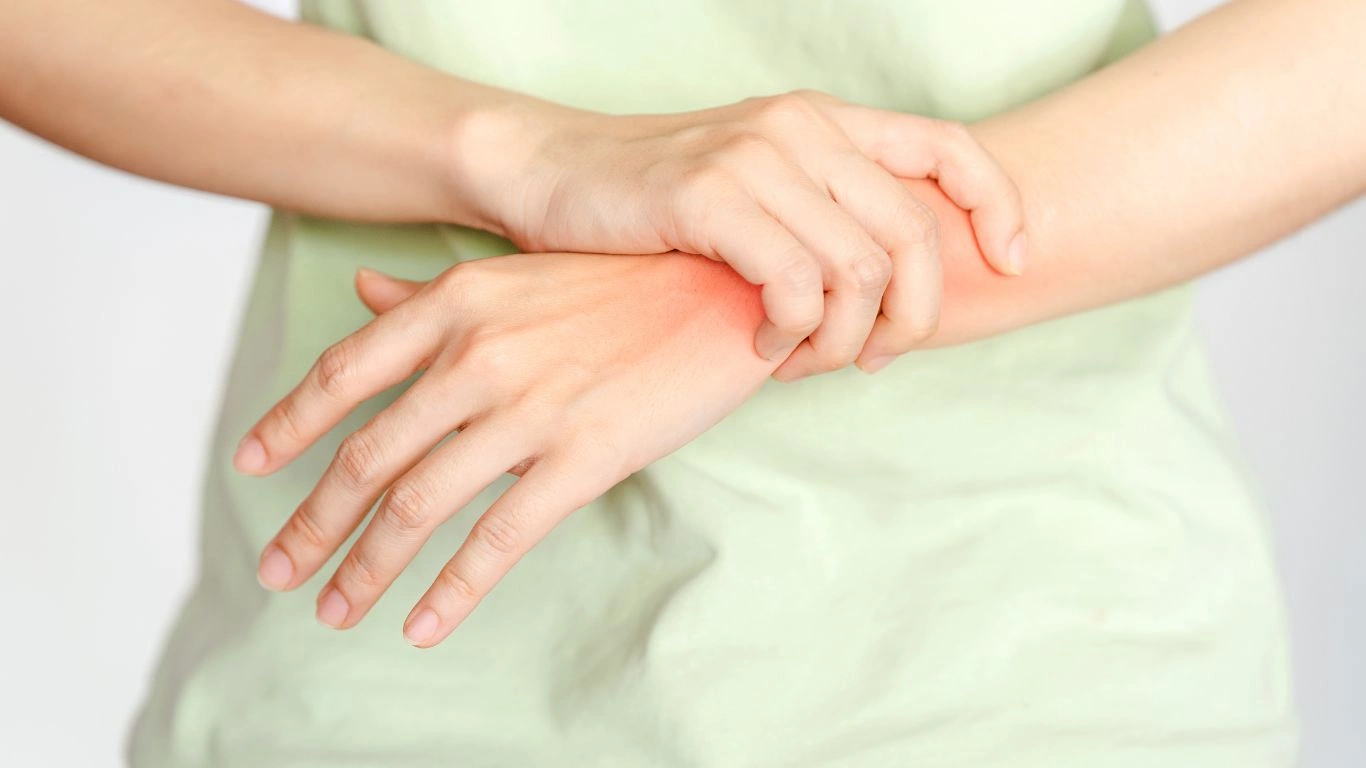
3. Stay Hydrated and Take Breaks
Hydration is essential, especially when you’re exercising. Drinking plenty of water helps lubricate the joints and keeps them functioning properly. I always encourage my patients to hydrate before, during, and after their workouts to keep their bodies in optimal condition. And remember, taking breaks during your workout is just as important as the exercise itself. Short rests between movements can help prevent overexertion and give your joints time to recover.
Tracking Progress and Celebrating Small Wins
As you start incorporating low-impact workouts into your routine, it’s important to track your progress. Celebrate the small victories along the way—whether it’s an increase in the amount of time you can walk without pain or the flexibility you gain from consistent stretching. These wins may seem small at first, but they add up over time and contribute to improved health and well-being.
Tracking progress can also help you stay motivated, especially on days when you don’t feel like exercising. Keep a journal or use a fitness app to monitor your activities, noting how you felt before, during, and after your workouts. This will give you a sense of accomplishment and remind you of how far you’ve come. It’s not about doing everything perfectly—it’s about making consistent progress toward feeling better.

In the next section, we’ll explore more types of low-impact exercises and dive deeper into how you can tailor your routine to best suit your needs. But remember, it’s all about finding what works for your body and staying consistent with it. With time, patience, and the right approach, low-impact exercises can be a powerful tool for managing rheumatoid arthritis and improving your quality of life.
Advanced Low-Impact Workouts for Rheumatoid Arthritis
Now that we’ve covered the basics of low-impact exercise for rheumatoid arthritis, it’s time to explore some more advanced options for those of you who have built a foundation and want to push your routine further. Keep in mind, “advanced” doesn’t mean intense—it simply means incorporating more challenging elements into your low-impact workouts. As a nurse practitioner, I’ve seen how small progressions can lead to big improvements in strength, mobility, and overall well-being.
These workouts aren’t meant to overstrain your joints; rather, they’re designed to add variety and increase the benefits of your routine. Remember, as always, it’s important to listen to your body and adjust exercises to your individual needs. If something feels off, don’t hesitate to modify it or take a break. So let’s dive into some of these more advanced exercises that you can safely incorporate into your RA-friendly workout plan.
1. Strength Training with Resistance Bands
For those who feel ready to take their exercise routine up a notch, adding resistance training can do wonders for building muscle around the joints, improving strength, and supporting bone health. Resistance bands are an excellent option for RA patients because they’re low-impact, portable, and easy to adjust according to your comfort level.
Resistance bands can be used to target different muscle groups without putting excessive pressure on your joints. Whether you’re focusing on your legs, arms, or core, these bands can be used for exercises such as squats, arm extensions, or lateral leg raises. Over time, you can increase the tension of the bands to make the exercises more challenging, but always keep your form and control as your top priorities.
One of my patients, who had difficulty with traditional strength training due to joint pain, found resistance band exercises to be a game-changer. With consistent practice, she was able to build strength around her knees and hips, which significantly reduced her pain while walking and climbing stairs.

2. Pilates for Core Strength and Flexibility
Pilates is another low-impact workout that’s fantastic for those with rheumatoid arthritis. Pilates focuses on controlled movements, breathwork, and strengthening the core, which can be especially beneficial for people with RA. Having a strong core is crucial for overall stability and preventing unnecessary strain on the joints. By improving your posture and alignment through Pilates, you can reduce the risk of injury and improve your body’s ability to handle daily stresses.
In my experience, many patients with RA struggle with maintaining balance or suffer from poor posture due to joint pain. Pilates can help address both issues by strengthening the muscles that support the spine, hips, and shoulders. It’s a great way to increase flexibility without putting extra pressure on your joints.
When starting Pilates, it’s essential to find an instructor who understands RA or follow online videos designed specifically for arthritis-friendly routines. If you’re new to Pilates, begin with gentle, beginner-level exercises and gradually work your way up as your strength and flexibility improve.
Mind-Body Connection: The Power of Yoga and Meditation
Yoga has been shown to have incredible benefits for people with rheumatoid arthritis. Not only does it improve flexibility, but it also enhances mental well-being by reducing stress, which can, in turn, reduce flare-ups. In fact, stress management is a key component of managing RA, and yoga can be the perfect outlet for both your body and mind.
What I love most about yoga is how adaptable it is. Whether you’re doing a gentle restorative flow or a more challenging sequence, yoga can be modified to suit your needs. It’s not about how far you can stretch; it’s about focusing on your breath and allowing the body to release tension and stiffness.
One particular style of yoga that works well for RA patients is “gentle yoga” or “chair yoga.” These styles involve poses and stretches that can be done with support, either on the floor or in a chair, and they focus heavily on relaxation and stress reduction. It’s been amazing to see how patients, especially those new to exercise, can benefit from these types of classes. It gives them a sense of calm, helps them connect with their bodies, and leaves them feeling energized but not exhausted.

The Importance of Mindfulness
Along with the physical benefits, yoga also incorporates mindfulness, which is essential for managing the mental aspects of rheumatoid arthritis. RA can be emotionally taxing, and mindfulness practices, including meditation and deep breathing, can help manage the anxiety, frustration, and depression that sometimes accompany the condition. It’s also been shown that mindfulness techniques can reduce the perception of pain, making them an invaluable tool for RA management.
As someone who’s worked with many patients experiencing chronic pain, I’ve seen how powerful these techniques can be. One of my patients who began incorporating mindfulness into her yoga practice reported feeling less stressed and more capable of handling the challenges of RA. By focusing on the present moment and staying attuned to her body’s signals, she was able to prevent overexertion and pace herself through her workouts.
Staying Consistent and Setting Yourself Up for Success
As we wrap up this guide to low-impact exercises for rheumatoid arthritis, I want to stress the importance of consistency. Yes, there will be days when your joints feel stiffer or you’re battling fatigue, but that’s when consistency truly matters. Even on those tough days, a short walk or a 10-minute yoga session can keep you moving and help maintain the progress you’ve made.
Remember that it’s not about perfection or pushing yourself too hard. It’s about progress. With a little patience and the right mindset, you can develop a routine that works for you. And the good news is that every small step forward counts. Whether it’s a 5-minute stretch in the morning or a 20-minute walk in the evening, each workout contributes to your overall health and well-being.
Setting Realistic Expectations
Finally, setting realistic expectations for yourself is essential. Don’t expect to see drastic changes overnight. While low-impact exercise can certainly help manage symptoms, it’s not a miracle cure. The goal is to create a balanced, sustainable approach that works for your body. It’s about long-term health benefits, not quick fixes. Celebrate every little achievement, whether it’s an extra five minutes of walking or improved flexibility in a yoga pose. These are victories, and they all contribute to your overall journey toward better health.
References and Resources
If you’d like to dive deeper into managing rheumatoid arthritis through exercise and other lifestyle changes, there are plenty of resources available. I recommend checking out reliable sources like Health.com and NIH.gov for more information. These organizations provide credible, evidence-based resources that can guide you as you create a personalized RA management plan.
Disclaimer
The information provided in this article is intended for educational purposes only. Always consult with your healthcare provider before starting any new exercise routine, especially if you have a chronic condition like rheumatoid arthritis. Every individual is different, and what works for one person may not be suitable for another. Your healthcare provider can help tailor a plan that meets your specific needs and abilities.

Tarra Nugroho is a dedicated Nurse Practitioner with a strong foundation in family and preventive care. She brings both compassion and clinical expertise to her practice, focusing on patient-centered care and health education. As a contributor to Healthusias.com, Tarra translates medical knowledge into clear, empowering articles on topics like women’s health, chronic disease management, and lifestyle medicine. Her mission is simple: help people feel seen, heard, and informed—both in the clinic and through the content she creates. When she’s not caring for patients, Tarra enjoys weekend hikes, plant-based cooking, and curling up with a good health podcast.

